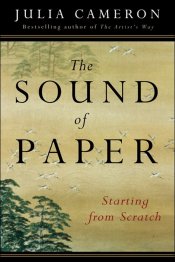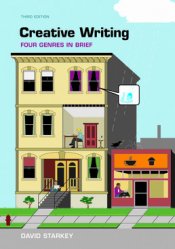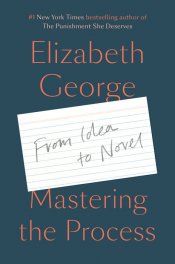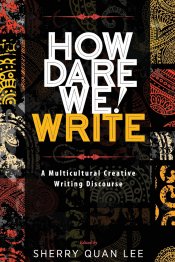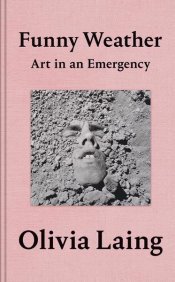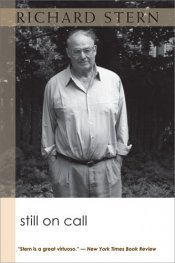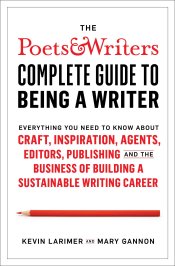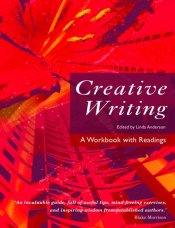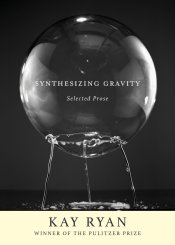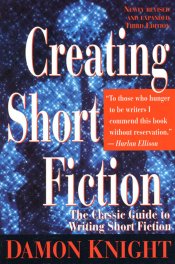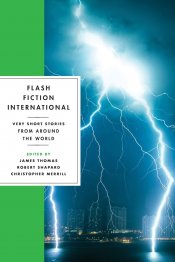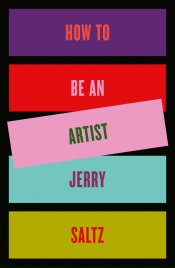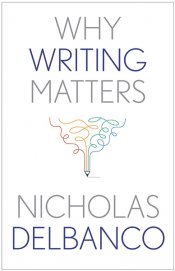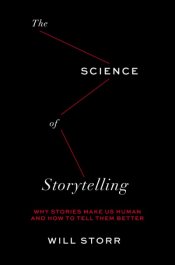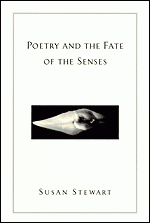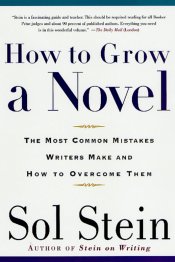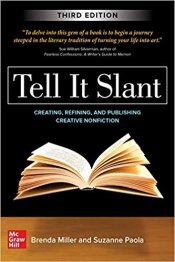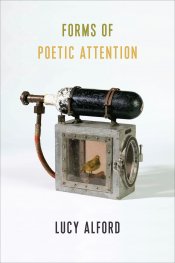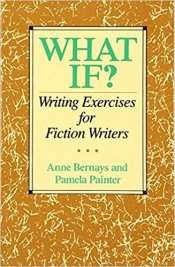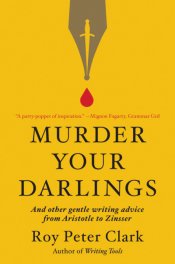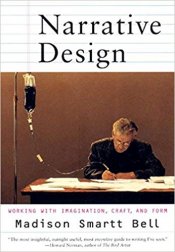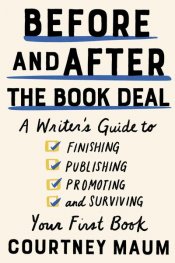A Hundred Himalayas: Essays on Life and Literature

“I believe my existence would be a jumble without recourse to writing, especially the writing of poetry,” writes former poet laureate of Vermont Sydney Lea in this collection of essays, part of the Writers on Writing series, that spans over thirty years. Lea’s explorations of topics, including the process of creating a poem, the function of literary criticism, nature writing, the practical concerns of a writer’s life, and his analyses on the work of Williams Wordsworth and Robert Frost, reveal the power of poetry to assist in discovering one’s place in the world. “Whatever their quality,” Lea writes, “my poems provide the means to discover otherwise unknowable connections among my soul’s responses.”







